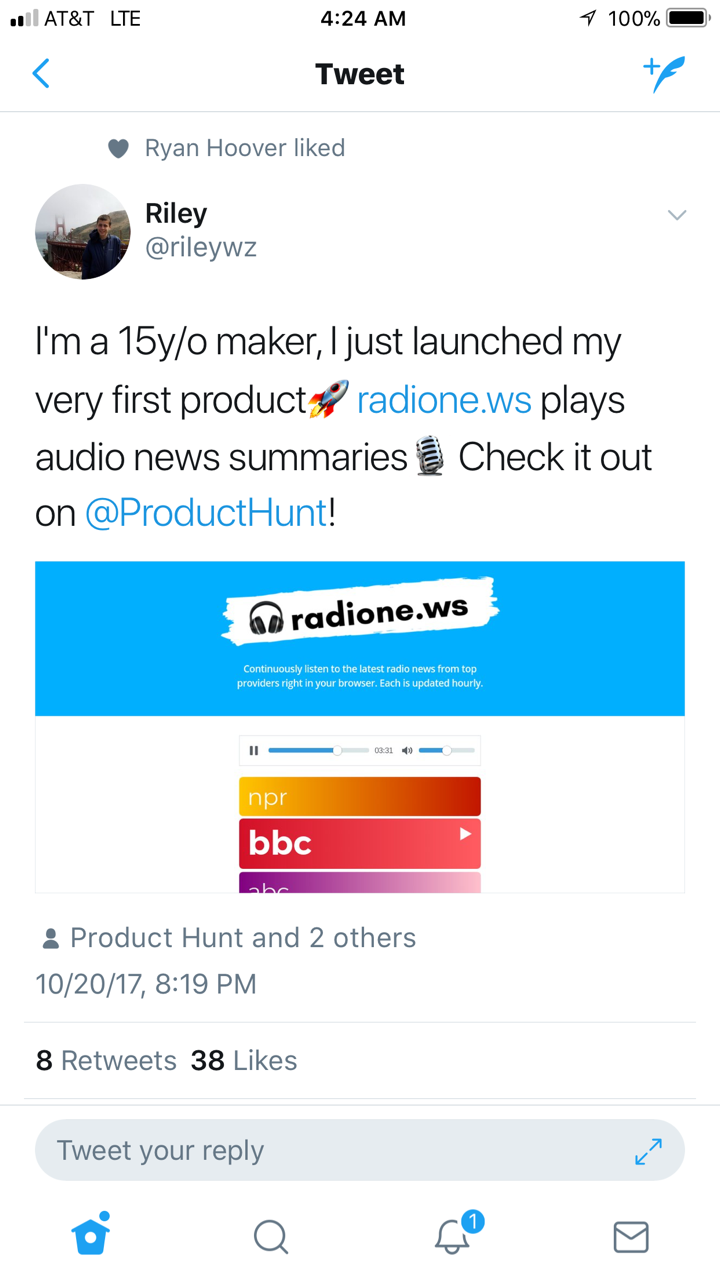“Free” Website Platforms are a Costly Threat to Your Website Content.
Quick Summary of Contents
- 1 The Rise and Costly Fall of Digital Sharecropping.
- 2 7 Steps to Effectively Combat Digital Sharecropping.
- 2.1 1. Register your own domain name.
- 2.2 2. Host your own website with paid hosting.
- 2.3 3. Start a website newsletter subscription list.
- 2.4 4. Consistently perform and test website backups.
- 2.5 5. Sparingly guest blog and do this when you do…
- 2.6 6. Keep digital copies of your content.
- 2.7 7. Use content detection software to hedge against content theft.
I can’t tell you how many emails, phone calls, and in-person conversations I’ve had in regard to people losing their content and access to their audience.
Then I encounter the following article, and all the emotions come back fresh to mind, heart, and soul: Google Wiping Out 14-year-old blog…
All the blood, sweat, and tears of writing content day in and day out are now gone, and not one soul came looking for you and long lost content.
And this is not just content but world-changing content, as most categorize their prized possession of thoughts.
And this starts my questioning to no end in attempting to figure out what happened to their long-lost content.
And my first question:
Where is or was your content hosted?
Sometimes using a cheap and unknown web host was a careless mistake.
And if not that question, then who stole your content?
Quite often, it’s a simple copy, paste, and lift of the content from one website to another’s website.
And if not that question, then did and do you have website backups?
Sometimes it was simply not performing consistent website backups and testing those backups.
And yet, so many times, it’s been that the person(s) never once thought about the impact of digital sharecropping.
Yes, digital sharecropping is a term that is alive and well across a vast growing number of websites.
Everyone and their grandmother are in a content arms race for generating the next viral video, post, email, and whatever the next flavor of the month is, with high hopes of generating traffic and income in short order.
Yet, quite often, many fail to understand and comprehend that the content they feverishly generate will not return so much as a dime to their pockets while padding the pockets of the networks and platforms that plaster their content every waking minute of each day.
Nevertheless, when asking what platform the website is hosted on, I have to be the voice of reason and reality to state the obvious.
Your content is gone! That’s right. Every single letter, word, sentence, comma, period, and more is gone PERIOD!
How did this happen? Let me explain how it happened.
In two breaths or less… You were so anxious to get your non-tech-savvy self online with your newly found thoughts and business that you didn’t take the time to plan and think through the true cost of a FREE website platform.
I know the last sentence is a mouthful, so take a deep breath and re-read it again.
It was the ease that Blogger, Weebly, Tumblr, WordPress.com, Google, Facebook, LinkedIn, and the FREE website platforms go on miles long.
Or maybe those guest blogs you wrote for 3rd party websites are now defunct.
Or maybe it’s much more gruesome in that you now realize your bio and contact info were erased from your content and replaced with someone else’s name.
Or maybe your content was removed altogether and is now redirecting all your search ranking value to the content that’s now yours.
They had you when FREE was mentioned. They comfortably suckered you into believing you shouldn’t have to pay for a quick and easy setup for your website.
And so you started crafting, writing, and posting your little heart out. Days turned into weeks, weeks turned into months, and months into years until, one day, you were locked out from your very own contract.
Maybe you took your first amendment a bit too far, or maybe you were in violation of the terms and conditions that we all admit to reading, right? 😉
Well, Mr or Ms. Business Owner, welcome to the hard lesson of digital sharecropping.
You thought you owned your content and the site in its entirety, yet you failed to realize that the land you leased that was so FREE has now cost you a fortune, to say the least.
You can remember some of the content but not all of it. And don’t forget about all those years of links, shares, posts, tweets, pins, and so on.
Hate to be the one to break it, but they are lost for good. Don’t attempt to put a price on it.
It’ll only break your heart that much more why you never took the time to invest a fraction of what you lost in cost, to begin with.
I know you’re wondering how I combat this digital sharecropping nightmare, right?
There is a way you hedge against digital sharecropping and the loss of your content. It starts with some simple steps.
1. Register your own domain name.
DO NOT let anyone else other than yourself ever register your domain, or you’ll likely be paying big bucks in legal fees or a large domain price tag to reclaim your lost domain. Take every step necessary to own the domain yourself.
Use GoDaddy, 1And1.com, and Google Domains to name a few domain registrars. When purchasing at GoDaddy, you can buy a domain for as low as $0.99. Click here to review more domain savings.
2. Host your own website with paid hosting.
When considering hosting your own website, don’t let cheap cost you a fortune. There are many types of web hosting plans to choose from (read here). A simple WordPress or VPS hosting package should do the trick for typical websites.
Use InMotion Hosting, GoDaddy, HostGator, or Bluehost, to name a few reliable, affordable, and speedy web hosting providers. Review my 10-minute video tutorial on setting up a Bluehost WordPress installation.
This is yet one of the BIGGEST mistakes I often see with website owners. They forget to ask for their audience’s email address. Your audience email address is GOLD and should be treated as such. Use email newsletter services such as MailChimp, Aweber, iContact, and Constant Contact, to name a few.
If you guest blog, then you should have at least one action item link to lead them to your website. And don’t be afraid to ask for their email using a popup form or page form. Review my tutorial on setting up a Mailchimp popup form.
4. Consistently perform and test website backups.
There are too many services, such as CodeGuard.com, DropMySite.com, and BackupMachine.com, to name a few, and a variety of plugins available for you not to have a stable copy of your website and its golden content.
In fact, most web hosting providers offer free and paid backup services. Also, you can manually back up a website with a few simple MySQL queries or access phpMyAdmin, if using WordPress, Joomla, or Drupal.
And don’t just back up your website and keep the file stored away. From time to time, attempt to restore your website to ensure that the backup is usable.
5. Sparingly guest blog and do this when you do…
I have nothing against guest blogging. Just make sure that you have a call-to-action to visit your website should you guest blog or provide content for 3rd-party websites.
Always request a bio section with a picture and at least 2 links within the bio section in addition to the links offered in the main body of your content.
6. Keep digital copies of your content.
Always, always, always keep digital copies of your content. And if you need to, keep hard copies in a safe of some sort (overkill!).
I keep copies in Google Drive and an External Harddrive and even email the content to myself. Again, how much is your content worth to you???
7. Use content detection software to hedge against content theft.
Another service I use to catch content thieves and guard against content thieves is Copyscape.
Other online content detection solutions are free and paid services, such as ContentPlagiarismChecker.com, ArticleChecker.com, DupliChecker.com, and Plagiarisma.net.
So, the next time you think about saving money to launch your website to the masses, think about ALL you’ll lose in such a simple yet costly decision in choosing a FREE website platform.












